Paul Colin's childhood and adolescence were steeped in "the creative effervescence which then animated his native city, Nancy, one of the centers of Art Nouveau". Apprentice in a printing house in 1907, student in 1910 of Eugène Vallin and Victor Prouvé at the Ecole des Beaux-Arts in Nancy, he will assert himself after the First World War - where he is wounded at the Battle of Verdun in 1916 — as the leader of the modern school of the lithographed poster, or passing through new reproduction techniques using rotogravure and screen printing. He will be the author of more than 1,400 posters and, according to Gérald Schurr, more than 700 theater sets and costumes.
It seems to be by chance that Paul Colin, several years after the First World War, finds himself in Paris, where he settled after following his demobilization and where he is still an unknown provincial painter giving drawings to several reviews like Fantasio, his former comrade André Daven who became deputy director of the Théâtre des Champs-Élysées and who appointed him poster artist and decorator. The theater then hosted Rolf de Maré's Swedish Ballets, leading Paul Colin in 1925 to create the poster for René Clair's film Le voyage imaginaire, starring Jean Börlin, the group's star dancer.
13, rue Jacques-Bingen, Paris
Paul Colin was however revealed in the same year 1925 by his poster for the Revue nègre for which, before delivering the final version, he followed the rehearsals of the troupe from Broadway, made up of fifteen musicians including Sidney Bechet and thirteen dancers. including a young girl of barely 18, Joséphine Baker, who replaces the New York star who refused to make the trip. Paul Colin's poster helped launch Josephine Baker's career — after their love affair they would remain friends — as well as hers: "it inevitably catches the eye of the public who yearn to lose themselves in this ballet of spirited survivors and erotic, notes Chantal Humbert. In a geometrization marked by African influence, Paul Colin brilliantly stages the long body of Josephine Baker and places it sandwiched between two heads of Negro musicians. Having become the fashionable poster artist, Paul Colin worked for nearly forty years for the performing arts and the entertainment world, "thinking the poster in closed composition punctuated by a simple geometric system that easily catches the eye" 6. It was also during forty years of its existence, recalls Jacques Couelle, that the Paul Colin School, which he founded in 1926 at 13, rue Montchanin (today rue Jacques-Bingen) in the 17th arrondissement of Paris, attracted “nearly four thousand students from more than twenty different countries, all seduced, fervent or respectful of their master. Unprecedented academic success".
His style, at first very marked by both Art Deco and New Objectivity, quickly became very personal and difficult to fit into a simple category: efficiency in stripping ("the poster must be a telegram addressed in mind" he summarizes himself), the synthetic accuracy of his portraits, the evocative power of his posters for great causes make him a master of visual communication whose work remains today exemplary and very current.
Her album Le Tumulte noir (1927), also glorifying Josephine Baker ("Before her eyes, for the first time, I felt beautiful" she wrote9, adding in the preface to the album: dark in Paris. Soon it will be so dark that you will first need a match to see clearly, then another to find out if the first one is on or not. " and the jazz musicians of the Revue nègre, is undoubtedly a masterpiece, "his most free, most inspired and unbridled creation, vibrant with color and movement": "if it does not escape the stereotypes of an era, says Valérie Marin La Meslée, this crossing at the end of the dark night sounds like crazy energy, capturing even the rhythms of jazz that set the silhouettes sketched on stage and in the audience ablaze".
In 1929, at the same time as a member of the new Union of Modern Artists, he was the founder and director of a drawing school, the "Paul Colin" school, on Boulevard Malesherbes in Paris. There he trained students of all nationalities, for example the German Ruth Bess who became a recognized artist and more particularly the famous poster designer Bernard Villemot. In 1931, he drew a portrait of Suzy Solidor at the request of Jean Mermoz, then her lover. In 1932, he traveled to Russia.
Paul Colin takes a position in the Spanish Civil War in favor of the Republican camp, as stated in his 1939 poster Paris must not be the Madrid of tomorrow, besieged by Hitler's Reichswehr - Commercial freedom for Republican Spain whose the silhouette, dramatically cubist and clad in a field of ruins, foreshadows his posters of 1945-1946. The poster signed by Paul Colin Silence, the enemy... awaits your confidences published in February 1940 by the French government of the Third Republic restores the ambient concern, in an era where a climate of espionage reigns, as to the mythical danger of the "fifth column" according to which pro-Hitler Frenchmen or German refugees in France would work in the shadows for defeat. If, after the armistice of June 1940, the artist created several posters with humanitarian themes, he refused to work both for the German occupiers and for the French State and thus returned to easel painting by brushing Bouquets of flowers.
The resumption of his work as a poster designer is marked by the Marianne with the stigmata, allegory of the Republic in ruins clothes and Phrygian cap, carrying in her hands the stigmata of the crucifixion, suffering but standing, her gaze turned towards the liberators. Painted in only the three national colors on August 14, 1944, the date on which Paris was not yet liberated, Marianne aux stigmates was intended to be reproduced in large quantities in order to be displayed on the walls of cities in France. The poster Tribute to the liberators of Paris was created by Paul Colin for an evening organized at the initiative of the newspaper Liberation on November 11, 1944 at the Palais de Chaillot. With the poster Warsaw accused in 1946, the artist will know the same " expressing the pathos of the subject with an extreme sobriety". The first issue of the resistant weekly Action after the Liberation features one of his posters which had been banned.
Paul Colin was also an important collector of primitive arts from Black Africa and Oceania as well as exotic minerals and shells.
In the evening of his life, Paul Colin models polychrome sculptures of Cubist inspiration. He died on June 18, 1985 at the Maison des artistes in Nogent-sur-Marne. He is buried in the Nogent-sur-Marne cemetery. "More than any other, evokes Jean-Paul Crespelle, he will have been the witness of his time, to the point that, when one thinks of the great animators of this time, his name comes under the pen with those of Pablo Picasso, Jean Cocteau, Coco Chanel, André Breton, Paul Morand, Louis Jouvet, Jean Giraudoux, Christian Bérard »



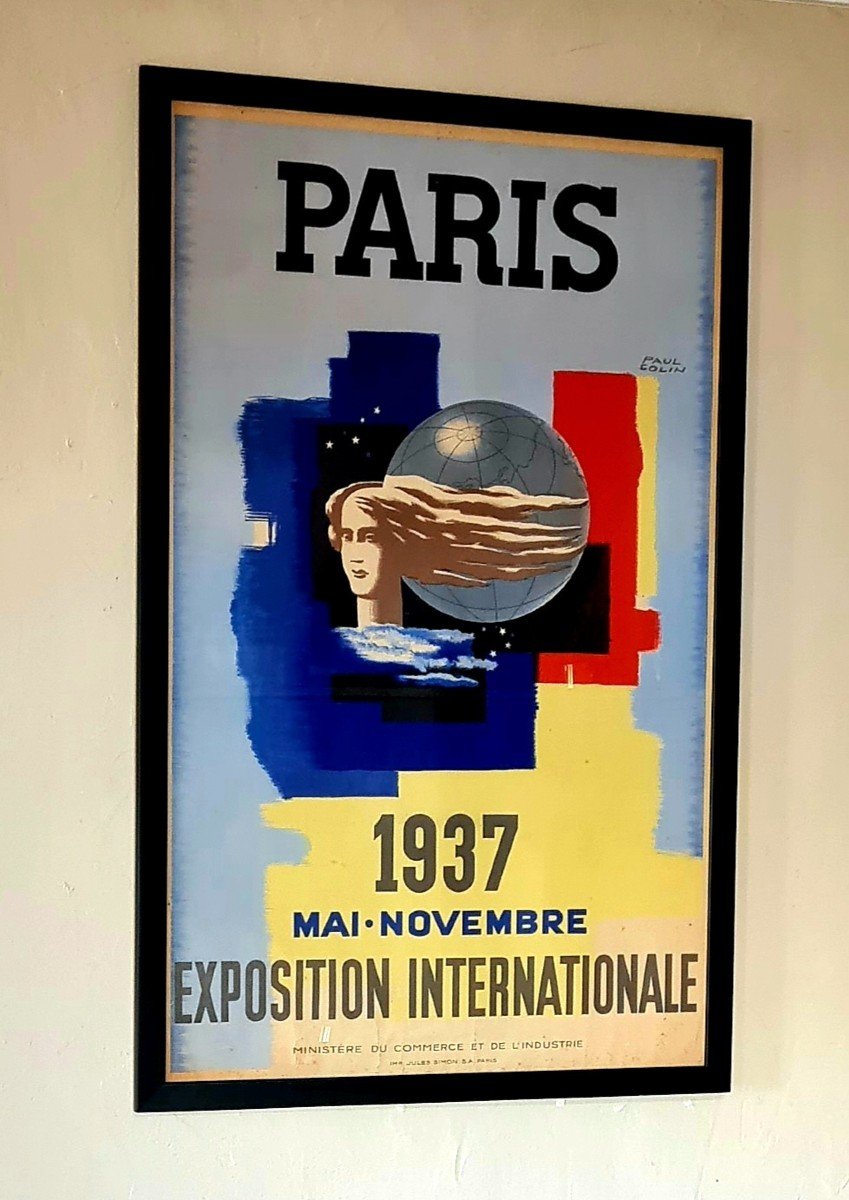


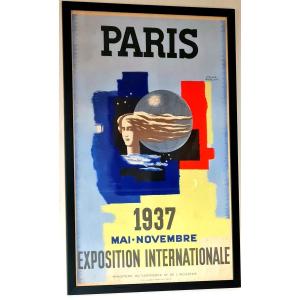




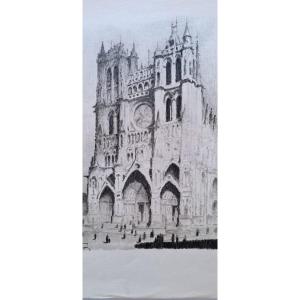

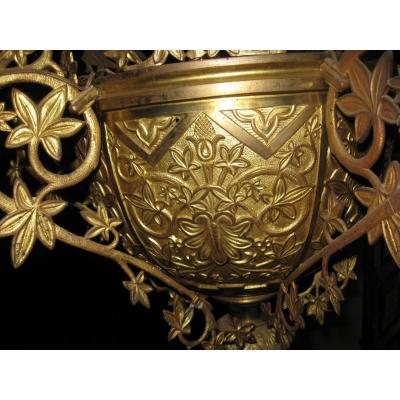

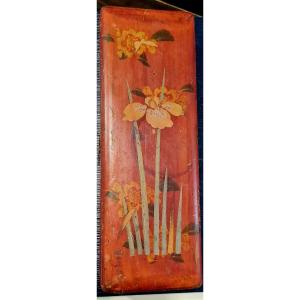


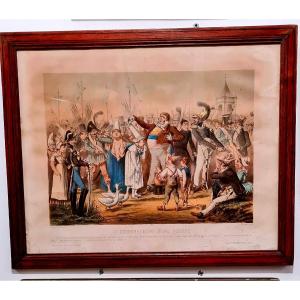

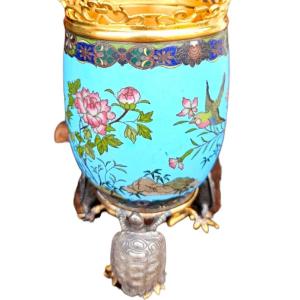

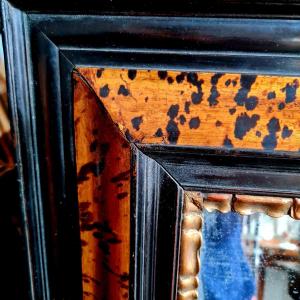
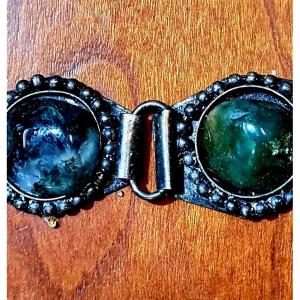
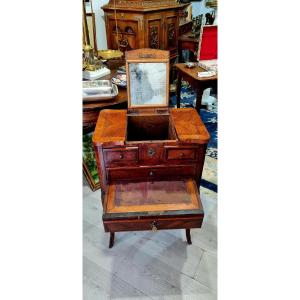
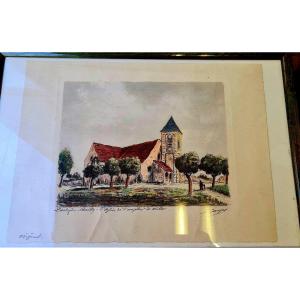


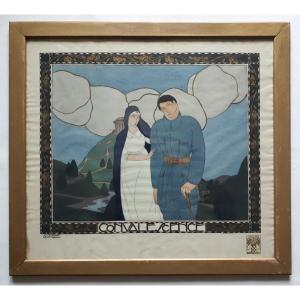

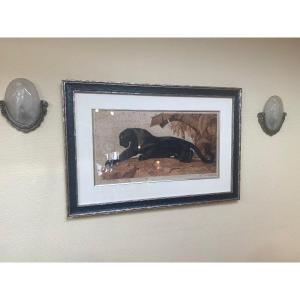



 Le Magazine de PROANTIC
Le Magazine de PROANTIC TRÉSORS Magazine
TRÉSORS Magazine Rivista Artiquariato
Rivista Artiquariato